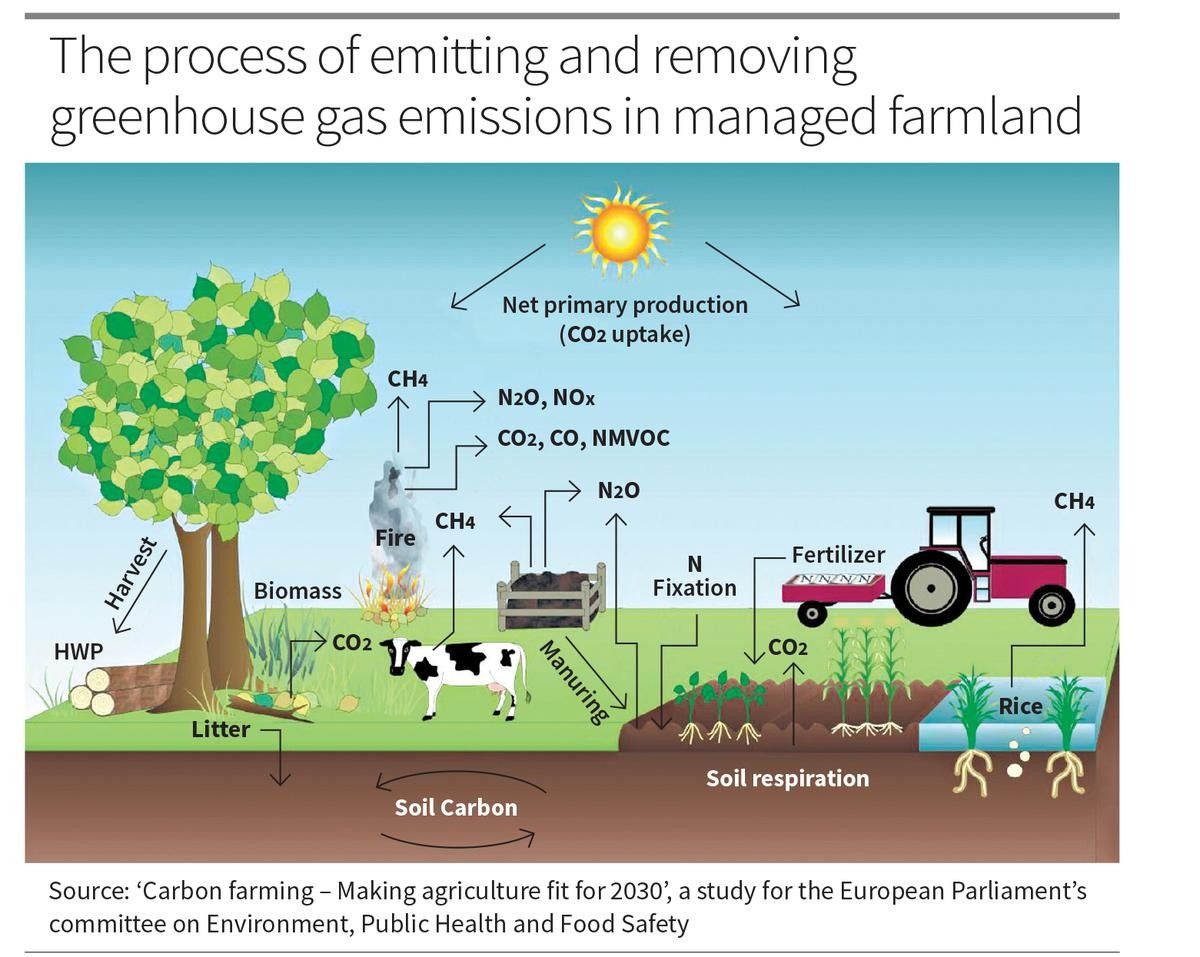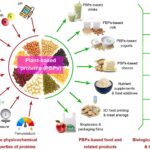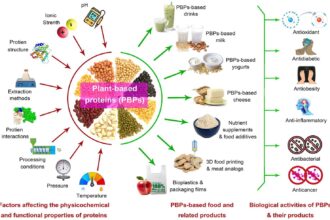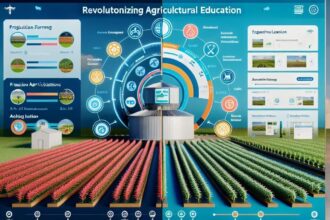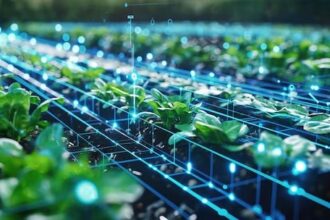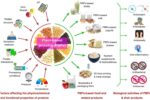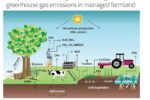Introduction
Climate change is one of the most pressing challenges of the 21st century. The agricultural sector contributes nearly one-quarter of global greenhouse gas emissions, yet it also holds the key to reversing much of this damage. Through carbon farming, farmers can transform agriculture from being a climate problem to a climate solution—while also creating a new source of income.
Carbon farming refers to a set of agricultural practices designed to capture carbon dioxide (CO₂) from the atmosphere and store it in soil, trees, and vegetation. By adopting regenerative methods such as agroforestry, no-till farming, biochar application, and cover cropping, farmers can sequester significant amounts of carbon. The carbon stored can then be measured, verified, and sold as carbon credits in global markets.
But carbon farming is not just about environmental sustainability—it is also a business opportunity. Farmers, governments, and corporations are increasingly collaborating to monetize carbon sequestration, creating a new stream of revenue for the agricultural sector.
In this detailed guide, we’ll explore:
- What carbon farming is and how it works
- The different techniques of carbon farming
- How farmers can earn from carbon credits and carbon markets
- The environmental, financial, and social benefits of carbon farming
- The challenges, risks, and criticisms
- Global case studies and the future of carbon farming in 2025 and beyond
By the end, you’ll have a complete understanding of carbon farming, and why it’s often called a win-win strategy for both farmers and the planet.
What is Carbon Farming?
Definition and Concept
Carbon farming is an agricultural approach that focuses on removing CO₂ from the atmosphere and locking it into the soil and plants. This process, known as carbon sequestration, reduces greenhouse gas levels and helps mitigate climate change.
Unlike conventional farming, which often releases carbon through plowing, fertilizer use, and deforestation, carbon farming works to reverse the trend by storing more carbon than it emits.
In simple terms:
- Traditional farming = Carbon Source (emissions)
- Carbon farming = Carbon Sink (storage)
Historical Roots of Carbon Sequestration
The concept of storing carbon in soils is not new. Indigenous communities across the world practiced soil enrichment for centuries. For example:
- The Amazon Basin tribes created fertile “terra preta” soils with charcoal and organic waste, which acted as a carbon sink for thousands of years.
- Traditional Indian farming relied on organic manure, crop rotation, and agroforestry—techniques that naturally improved soil carbon.
Today, modern science is rediscovering these practices and combining them with advanced technology for large-scale carbon farming.
Carbon Farming vs. Traditional Farming
| Aspect | Traditional Farming | Carbon Farming |
|---|---|---|
| Focus | Maximizing yields | Balancing yield + sustainability |
| Soil Health | Often degrades over time | Improves soil fertility & structure |
| Emissions | High (due to fertilizer, tillage, etc.) | Reduced or negative (net storage) |
| Profit | Crop sales only | Crop sales + carbon credit income |
How Carbon Farming Works
Carbon farming works by enhancing natural processes that capture and store carbon. Plants absorb CO₂ during photosynthesis, and with the right practices, much of that carbon can be stored in soils or vegetation for decades (sometimes centuries).
Soil as a Carbon Sink
Soils hold three times more carbon than the atmosphere. Practices like cover cropping, organic composting, and no-till farming increase the amount of organic matter in the soil, effectively storing more carbon underground.
Techniques of Carbon Farming
1. Agroforestry
- Planting trees alongside crops or livestock.
- Trees absorb CO₂ and improve soil fertility.
- Example: Alley cropping, silvopasture.
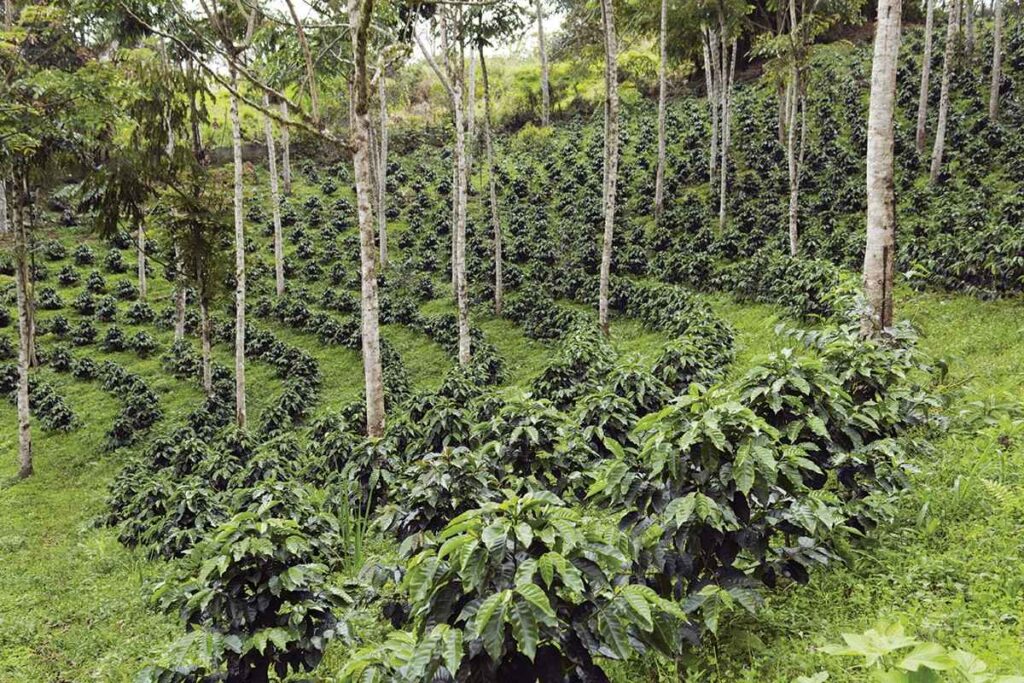
2. Regenerative Agriculture
- Practices like crop rotation, organic compost, reduced chemical inputs.
- Focuses on soil regeneration and biodiversity.
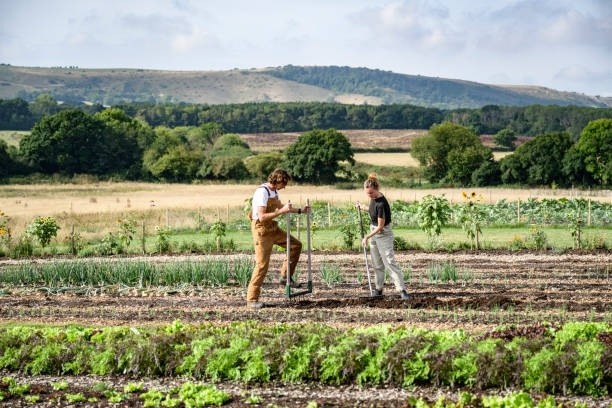
3. No-Till or Conservation Tillage
- Avoiding deep plowing to prevent soil carbon loss.
- Maintains organic matter and soil microbes.
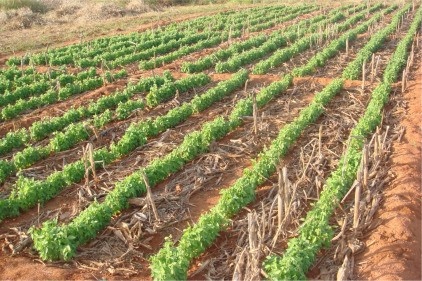
4. Cover Cropping
- Growing crops like legumes, clover, or rye between main crops.
- Adds organic matter and prevents soil erosion.
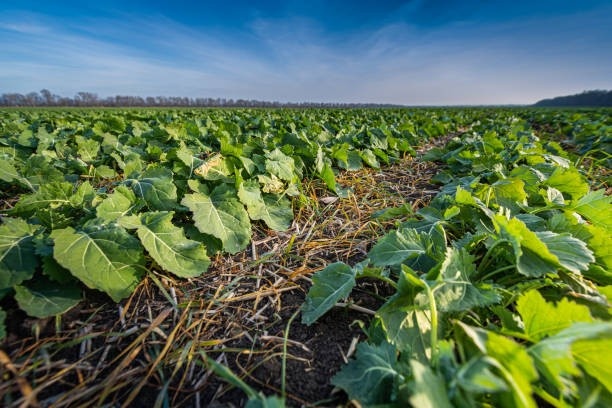
5. Biochar Application
- Charcoal-like material added to soil.
- Locks carbon for centuries while improving fertility.
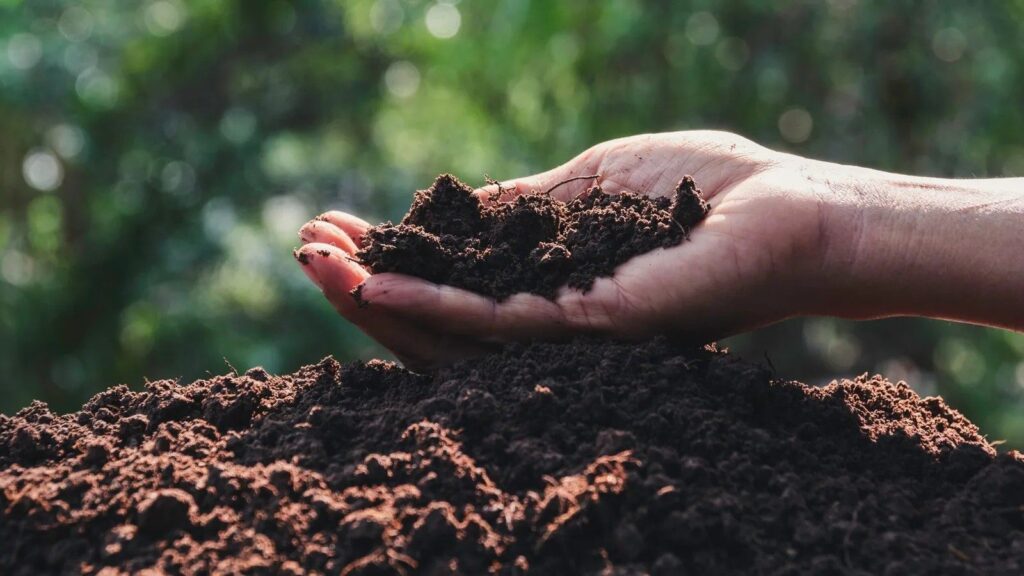
6. Wetland & Grassland Restoration
- Restoring ecosystems that naturally store large amounts of carbon.

Measuring Carbon Credits
Farmers who adopt carbon farming practices can quantify the amount of carbon stored using soil sampling, AI-based remote sensing, or blockchain-based verification.
- 1 Carbon Credit = 1 metric ton of CO₂ captured.
- Credits can be sold in voluntary or compliance markets to corporations looking to offset emissions.
Role of Technology
- Satellites & Drones: Monitor carbon sequestration in real time.
- AI & Machine Learning: Predict soil carbon storage potential.
- Blockchain: Ensures transparent tracking of carbon credits.
Economic Opportunities in Carbon Farming
Carbon farming is not just a climate strategy—it’s also a business model.
Carbon Credits and Markets
The carbon market is a system where companies, governments, or individuals purchase carbon credits to offset emissions. Farmers, by sequestering carbon, generate credits that can be sold.
- Voluntary Markets: Companies voluntarily buy credits (e.g., tech giants like Microsoft, Google).
- Compliance Markets: Mandated by law in certain countries (e.g., EU Emissions Trading System).
How Farmers Earn
- Adopt carbon-friendly practices.
- Measure and certify carbon stored.
- Sell carbon credits to buyers.
- Earn annual income alongside crop profits.
Global & Indian Carbon Markets
- In India, the government has launched the Indian Carbon Market (ICM) to encourage carbon credit trade.
- Globally, the voluntary carbon market is expected to reach $250 billion by 2030.
Corporate Demand
With increasing Net Zero pledges, corporations need carbon credits. Farmers provide the cheapest and most scalable option.
Case Studies
- Australia’s Carbon Farming Initiative: Farmers earn credits through soil and vegetation projects.
- US Farmers (Indigo Ag & Nori programs): Paid for regenerative agriculture practices.
- India (EKI Energy Services): Working with farmers to develop carbon projects in agroforestry.
Benefits of Carbon Farming
Environmental Benefits
- Restores soil fertility
- Reduces erosion and desertification
- Enhances biodiversity
- Improves water retention
Financial Benefits
- New income stream from carbon credits
- Higher crop yields in the long run
- Reduced dependency on expensive fertilizers
Social Benefits
- Employment generation in rural areas
- Improved resilience against climate change
- Farmers become climate heroes
Challenges & Criticisms of Carbon Farming
- Measurement Difficulties – Soil carbon measurement is complex and costly.
- Market Volatility – Carbon credit prices fluctuate.
- Equity Concerns – Large farmers benefit more than smallholders.
- Greenwashing – Some corporations use credits to avoid reducing emissions.
- Policy Gaps – Lack of uniform global standards.
Carbon Farming Around the World
United States
- Programs like USDA’s Climate-Smart Commodities.
- Private initiatives like Indigo Ag.
European Union
- Part of the EU Green Deal.
- Farmers rewarded for sustainable practices.
Australia
- Pioneered the Carbon Farming Initiative (CFI) in 2011.
India & Developing Nations
- National carbon markets emerging.
- Agroforestry and regenerative farming projects scaling up.
The Future of Carbon Farming (2025 & Beyond)
- AgriTech Integration: AI, IoT, blockchain will make carbon farming transparent and scalable.
- Policy Support: COP28 commitments and UN SDGs boosting carbon farming.
- Corporate Partnerships: Supply chains demanding climate-positive sourcing.
- Farmer Prosperity: By 2030, carbon farming could increase farmer income by 20–30%.
Conclusion
Carbon farming is more than an agricultural technique—it is a global movement reshaping the relationship between farming, climate change, and the economy. It provides a pathway for farmers to earn sustainable income while helping the planet heal.
If governments, corporations, and farmers collaborate, carbon farming could become one of the most powerful climate solutions of our time.
4. External Links (Citations)
- FAO – Agriculture and Climate Change
- World Bank – Carbon Farming Opportunities
- IPCC Reports on Carbon Sequestration
- European Commission – Carbon Farming
- Australian Government – Carbon Farming Initiative
- Indigo Ag Carbon Program
5. Image Prompts
- Introduction: “Infographic showing carbon farming cycle – CO₂ absorbed by plants, stored in soil, converted into carbon credits.”
- Techniques: “Realistic illustration of a farm with agroforestry, cover crops, and no-till farming practices.”
- Economic Opportunities: “Visual of a farmer selling carbon credits through digital platforms using blockchain.”
- Global Case Studies: “World map showing leading countries in carbon farming initiatives.”
- Future of Carbon Farming: “Futuristic farm using AI drones, sensors, and smart irrigation for carbon sequestration.”
6. SEO Meta Data
- Meta Description (155 characters):
Learn how carbon farming helps fight climate change and boosts farmer income. Explore techniques, benefits, and carbon credit opportunities. - URL Slug:
carbon-farming-techniques-benefits-income - Meta Tags:
- Carbon Farming
- Carbon Credits in Agriculture
- Sustainable Farming 2025

